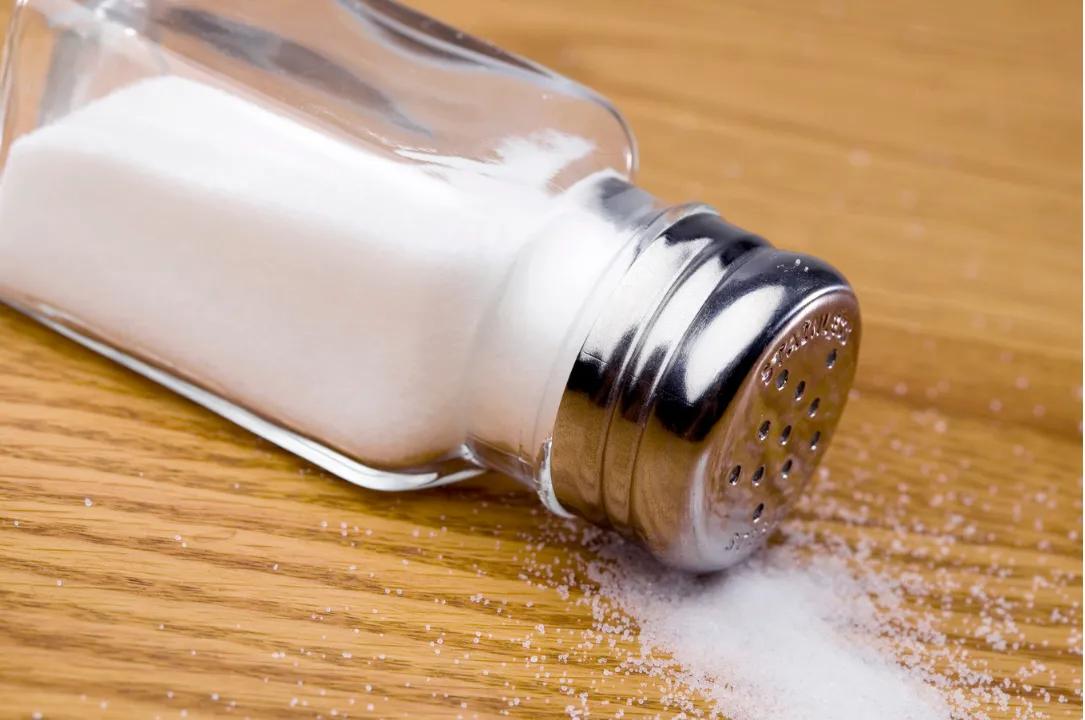Sodium Reduction: Individual or Community-wide?
Non communicable diseases (NCD) are a leading cause of morbidity and mortality worldwide, contributing to more than 38 million deaths annually. The four major disease group include cardiovascular diseases, diabetes, cancers and chronic respiratory diseases accounting for more than 80% of all NCD death worldwide. Three quarters of these numbers belong to non-developed countries, adding an additional high burden to already limited resource economy.
In recognising that often non-pharmacological factors can often play a role in reducing the burden of this NCDs, the World Health Organisation has devised The STEPwise approach to risk factor surveillance (STEPS). It involves three steps: (1) a questionnaire-based assessment of socio-economic, nutritional, and behavioural data; (2) anthropometric measurements; and (3) blood measurements of blood glucose and lipids. It employs a validated dietary questionnaire to estimate levels of dietary intake, especially of salt, sugar, fruits and vegetables; this can be recognized as one of the approaches in community-based settings.
On the other hand, many clinical practice guidelines on hypertension worldwide including in Malaysia has recommended salt reduction as a method in control of blood pressure as well as for prevention of hypertension. Daily dietary sodium intake should not exceed 2,000 mg based on Malaysian Dietary Guideline (MDG) 2020. However, as in many countries worldwide, data shows that 4 in 5 Malaysian are consuming a high salt intake of around 7.9 grams of salt per day (1000 mg sodium= 2.5 grams salt)
Therefore, the question is should we tackle this salt problem at a community level or at the individual level? There are pros and cons for each of these approaches. For the community approach, it may seem as cost-effective and reaching a wider group of people through four main strategies namely 1) food service guidelines, 2) procurement practices, 3) food preparation practices, and 4) environmental strategies. However, this will need massive health campaign budgets and the use of many scarce resources especially healthcare providers. On the other hand, targeting sodium reduction on an individual basis seems very manageable within the confines of a physicians or nurses office. This can employ the following approaches: public education, people-friendly food labelling, reformulation of processed foods, low salt cooking demonstrations, handing out brochures and taxation. Diet plans should include a low salt meal preparation targeting non-meat options as these often have lower salt content. But this approach seldom works as the patient should be at least at the pre-contemplation stage of wanting to change before wanting to change his/her unhealthy behaviour and be adherent to a healthy and wholesome meal. Therefore, the debate on whether salt reduction in the community or individual-based is a better control strategy to reduce this unhealthy phenomenon will continue. A shining star will be the sodium counting strategy to control salt intake for individual patient as it is more patient centred (SMART- specific, measurable, achievable, and timely) to the patients. This will be elaborated in future article.




